Fluorite And Rhodochrosite


Fluorite and Rhodochrosite
Locality: American Tunnel Mine, Silverton, Colorado, United States of America
More Posts from Othermanymore and Others




Early Medieval pattern-welded Sickle
Reconstruction by Thorkil
The sickle was based on an antler sickle case found in Stargard Szczecinski, West Pomerania (Poland). The original was richly decorated with geometrical motives, popular at that time. Thorkil’s version is a very faithful reconstruction of it, with all circles, dots, triangles and lines made on natural deer antler.
The decoration was hand engraved, then coloured with natural dark dye for a contrast and stronger effect. The sickle blade’s is pattern-welded (damascus) steel. It was hand forged (in charcoal fire) of 20 twisted layers. The cutting edge was forge-welded to pattern-welded part.
Source: Copyright © 2017 Thorkil
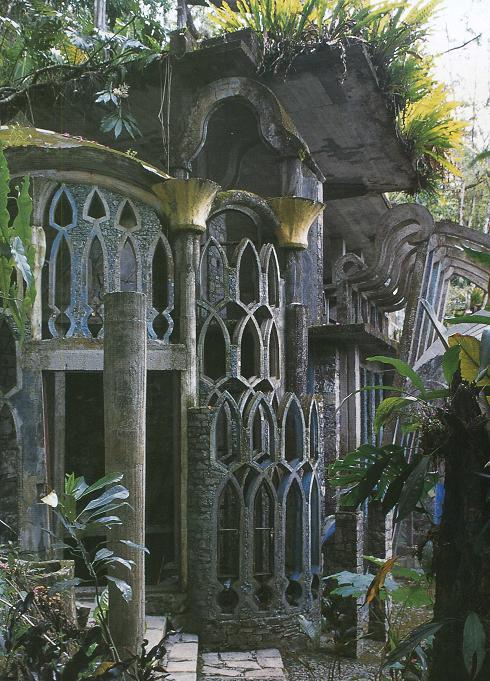
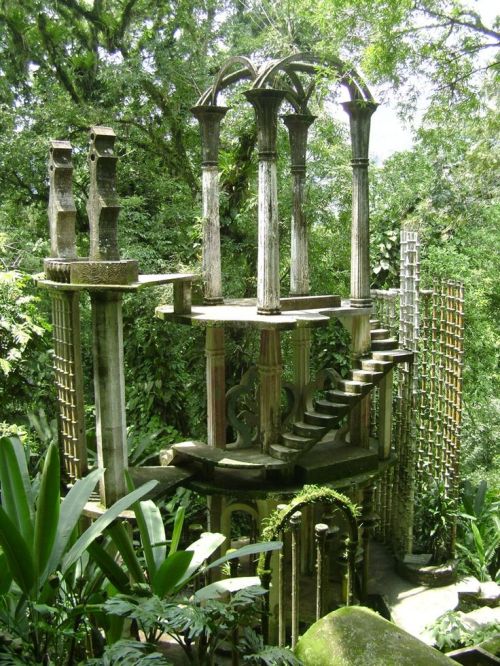
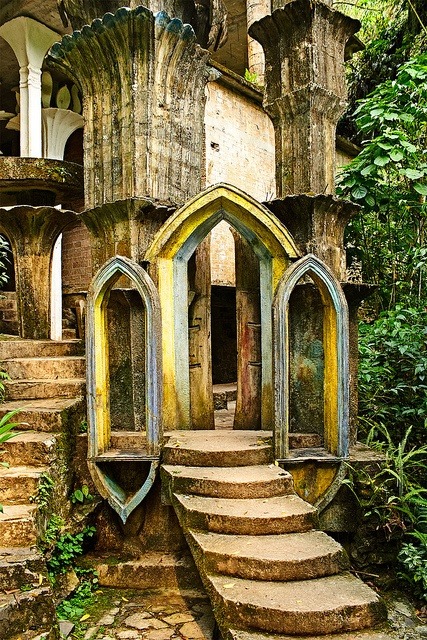
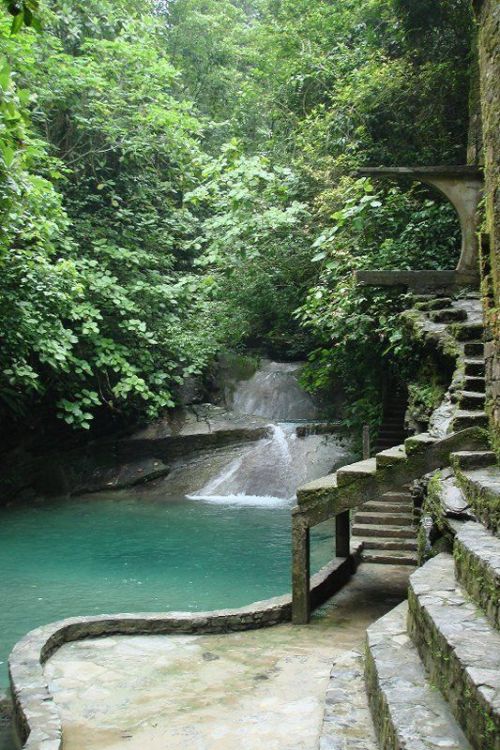


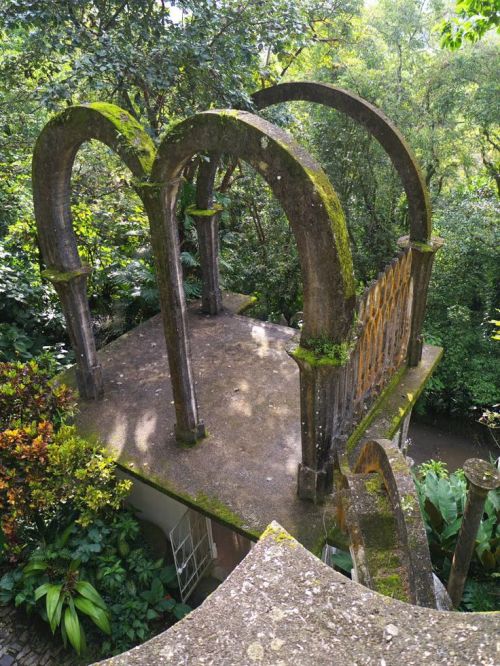
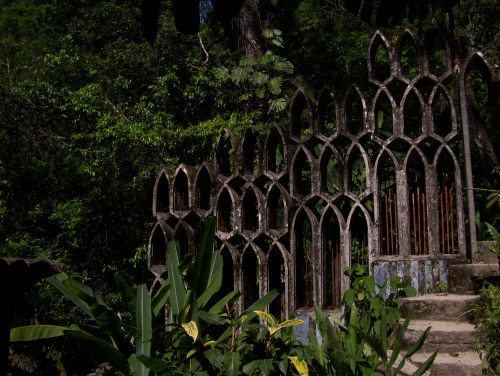
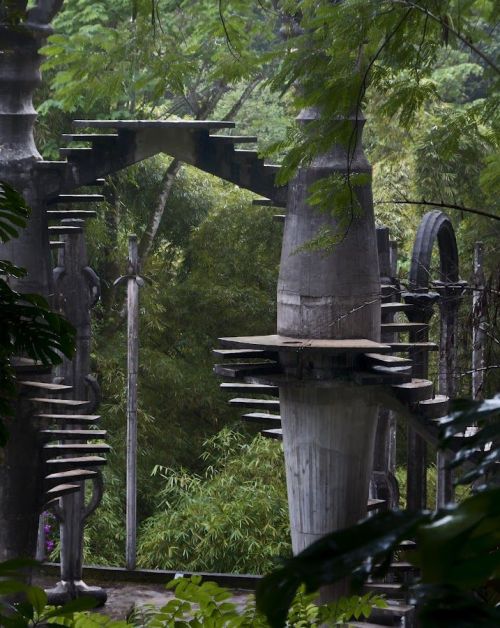
Amazingly surreal Las Pozas in the rainforest by Xilitla in the Mexico mountains. Created by Edward James in the 40′s, it includes more than 80 acres of natural waterfalls and pools interlaced with towering surrealist sculptures and buildings. The many trails throughout the garden site are composed of steps, ramps, bridges and narrow, winding walkways that traverse the valley walls. It was supposed to be a “Garden of Eden” containing a huge variety of plants and animals.

“We wanted to create a language that is aesthetically interesting,” says production designer Patrice Vermette. “But it needed to be alien to our civilisation, alien to our technology, alien to everything our mind knows. When Louise first sees the language, you don’t want to give it away to the audience that it’s a language.”










Beautiful Nouveau Facades and more from Barcelona by ROC
⠀
All photos by stoptheroc.tumblr.com
Thanks lensblr-network
Why do artists refuse to use references why why why.
It’s not a contest to see who can get by without them. It’s not cheating to look at a thing in order to know what the thing looks like.
You don’t get stronger or better by pretending. Nobody is impressed by the awkward whatever-it-is you just drew. Use references.
-
 justremainingmyself liked this · 1 year ago
justremainingmyself liked this · 1 year ago -
 lovelyspector reblogged this · 4 years ago
lovelyspector reblogged this · 4 years ago -
 captain-mischief-bitch liked this · 4 years ago
captain-mischief-bitch liked this · 4 years ago -
 nonrebreather liked this · 4 years ago
nonrebreather liked this · 4 years ago -
 thatkoalatho reblogged this · 5 years ago
thatkoalatho reblogged this · 5 years ago -
 thatkoalatho liked this · 5 years ago
thatkoalatho liked this · 5 years ago -
 gemexi liked this · 5 years ago
gemexi liked this · 5 years ago -
 rae-n-carnate-art liked this · 5 years ago
rae-n-carnate-art liked this · 5 years ago -
 anastomosis liked this · 6 years ago
anastomosis liked this · 6 years ago -
 nebanebacuz liked this · 6 years ago
nebanebacuz liked this · 6 years ago -
 neobrutta reblogged this · 6 years ago
neobrutta reblogged this · 6 years ago -
 rainy-lilies liked this · 6 years ago
rainy-lilies liked this · 6 years ago -
 wiseempathdreamdonkey liked this · 6 years ago
wiseempathdreamdonkey liked this · 6 years ago -
 lonewolfdeathcrew liked this · 6 years ago
lonewolfdeathcrew liked this · 6 years ago -
 creepingwillows liked this · 6 years ago
creepingwillows liked this · 6 years ago -
 mo334433 liked this · 6 years ago
mo334433 liked this · 6 years ago -
 pinguilord liked this · 7 years ago
pinguilord liked this · 7 years ago -
 awkward-gays-blog liked this · 7 years ago
awkward-gays-blog liked this · 7 years ago -
 amber-eyes-and-sapphire-skies liked this · 7 years ago
amber-eyes-and-sapphire-skies liked this · 7 years ago -
 bermie71 liked this · 7 years ago
bermie71 liked this · 7 years ago -
 shirnado reblogged this · 7 years ago
shirnado reblogged this · 7 years ago -
 almostpop liked this · 7 years ago
almostpop liked this · 7 years ago -
 alicielalone reblogged this · 7 years ago
alicielalone reblogged this · 7 years ago -
 thatwitchybitchandco liked this · 7 years ago
thatwitchybitchandco liked this · 7 years ago -
 relvich reblogged this · 7 years ago
relvich reblogged this · 7 years ago -
 silvarias liked this · 7 years ago
silvarias liked this · 7 years ago -
 making-a-ru reblogged this · 7 years ago
making-a-ru reblogged this · 7 years ago -
 fukusheas liked this · 7 years ago
fukusheas liked this · 7 years ago -
 burzumislife liked this · 7 years ago
burzumislife liked this · 7 years ago -
 doorfus reblogged this · 7 years ago
doorfus reblogged this · 7 years ago -
 mayax81 reblogged this · 7 years ago
mayax81 reblogged this · 7 years ago












